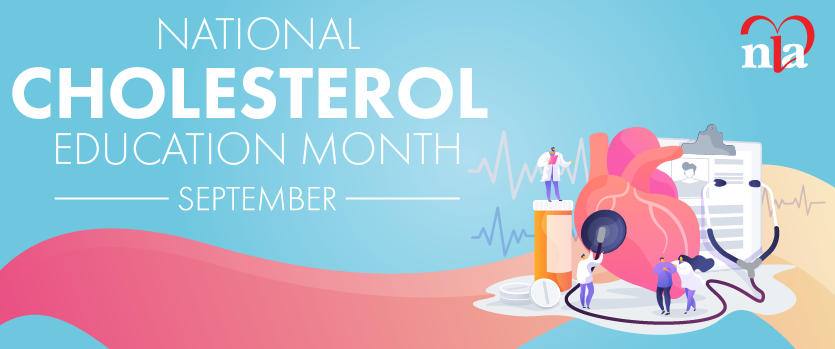The 2013 American College of Cardiology (ACC)/American Heart Association (AHA) Guideline on the Treatment of Blood Cholesterol to Reduce Atherosclerotic Cardiovascular Risk in Adults suggest that there are four adult-treatment groups for whom moderate or high-intensity statin drugs should be prescribed, including adults with:
- Clinical atherosclerotic cardiovascular disease (ASCVD)
- Low-density lipoprotein cholesterol (LDL-C) greater than or equal to 190 mg/dL
- Diabetes mellitus and 40-75 years old with LDL-C 70-189 mg/dL, and
- Calculated ASCVD 10-year risk greater than 7.5% in adults ages 40-75 years old without diabetes, or ASCVD, but who have LDL-C 70- 189 mg/dL
The first three groups are fairly straightforward, with binary inclusion criteria. The final group is where there is controversy regarding the best method for calculation. The Guideline suggests use of the pooled cohort equation (PCE), with its authors citing its validity in a general-population model. Under the present guidelines, however, the authors acknowledge that risk may not be fully appreciated and they suggest additional ASCVD risk factors that may influence treatment decisions, including LDL-C greater than or equal to 160 mg/dL, family history of premature ASCVD, lifetime ASCVD risk, elevated coronary artery calcium scoring by computed tomography (CACS) or abnormal ankle: brachial index (ABI), or elevated high-sensitivity C-reactive protein (hsCRP) level.
Women have specific features that may suggest a high enough ASCVD risk that preventive measures, and possibly statin therapy, should be considered even when risk calculators fail to identify them as such. There is good evidence that the following risk factors should amplify the risk calculation in women: smoking, polycystic ovarian syndrome (PCOS), specific pregnancy complications, autoimmune disorders and having been treated with radiation for breast cancer. These groups have not been specifically included in large statin trials or other interventions, so they do not qualify for national guidelines, but they are underrepresented and undertreated groups that account for significant residual ASCVD risk and clinicians should take this into consideration when evaluating female patients.
First, a number of traditional risk factors have a differential impact in women and men. Women who smoke have a 25% greater risk of developing ASCVD than male smokers.1 The risk of ASCVD for women with diabetes may be more than 40% higher than it is for men with diabetes, according to one meta-analysis.2
In addition, however, there are gender- specific historical data that impacts women’s risk and should be explained. Polycystic ovary syndrome (PCOS) occurs in from 6% to 10% of women. While the independent contribution of this disorder to cardiovascular risk – apart from the standard risk factors associated with it – is unclear, the onset of those risk factors earlier in life likely places these women at increased risk.3
Pregnancy complications increase risk of developing future ASCVD. Preterm delivery (<37 weeks) was associated with a hazard ratio of 1.42 in the Nurses’ Health Study, and this appears to be independent of traditional risk factors.4 Gestational diabetes was shown in one study to increase the risk of myocardial infarction by 92%, independent of the emergence of diabetes.5
Hypertensive disorders of pregnancy have a significant impact on future cardiovascular disease risk. Women with a history of preeclampsia were found in the Child Health and Development Study in California6 to have a twofold elevated risk of cardiovascular disease death over 37 years after pregnancy. New onset hypertension without proteinuria also confers risk, albeit to a lesser degree.7
And what about fertility therapy? A recent systematic review appears reassuring, apart from a suggestion of increased risk of stroke, but the authors allow that conclusions regarding the long-term cardiovascular safety cannot be definitively made at this time.8
There is a higher incidence of many autoimmune diseases in women as opposed to men. Autoimmune diseases also are linked to atherosclerosis, which is hypothesized to be a consequence of background inflammation; that inflammation, in turn, is believed to have a direct impact on atherosclerosis.9 In one study, women with systemic lupus erythematosus (SLE) were 50 times more likely to suffer myocardial infarction than age-matched women without SLE.10 Similarly, in another study, one-third of women with rheumatoid arthritis and otherwise low risk of ASCVD were found to have carotid artery plaque.11
Finally, there is an interplay between what still appears to be women’s greatest fear and their real risk. Rates of major coronary events – myocardial infarction, revascularization, death from ischemic heart disease – increase linearly with radiation therapy to treat breast cancer (7.4% per gray) with a rate ratio of 1.32 for cancer of the left versus right breast.12 Elevated risk begins within five years and continues for at least 20 years. Women with preexisting risk factors have greater absolute increases in risk, but women without risk factors have a similar, proportional increase in major events.12
Are there “points” for these factors? Is there a “score”? No, but a detailed history of these issues should be taken and they all should be a part of the clinician-female patient discussion. Coronary artery calcium may capture these nontraditional risks and help in the decision to treat.13 Heightened suspicion and attention should be provided when women with these nontraditional risk factors present with atypical symptoms and the threshold for diagnostic testing should be lowered.
This information is directed, primarily, at family practice and internal medicine providers of all stripes (MD, DO, RN, PA), as well as gynecologists. They are the front line for primary prevention in women. In the best of all possible worlds, they will keep female patients from ever having to see a cardiologist.
Disclosure statement: Dr. Hemphill has received honoraria from Regeneron, IONIS and Amgen.
References available here.






.jpg)
.png)











